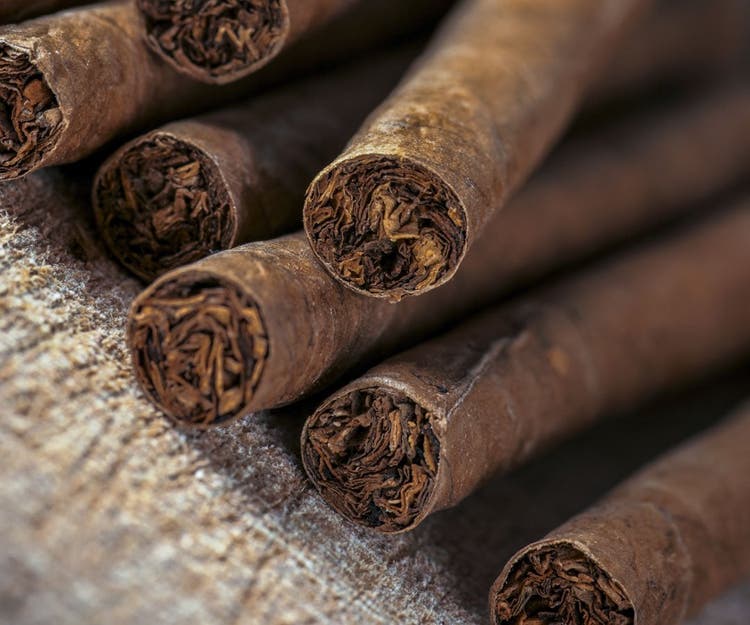
The Untouchables: Poison Ivy, Oak, and Sumac
With summer in full swing, much of the United States is now covered in a thick canopy of green. Among those verdant fields and forests are three plants that will turn your well-intentioned hike into a living nightmare: Poison Ivy, Oak, and Sumac. Ben Franklin once quipped that an ounce of prevention is worth a pound of cure, and so with that, prepare to learn more than you ever wanted to know about these itch-inducing monsters.
Urushiol: The Common Ingredient
Before we get into recognizing each plant, you may be interested to learn that all of them contain the oily organic allergen urushiol. While it sounds like an item off a sushi menu, it’s actually the substance that produces contact dermatitis, the blistering rash common among people with even the slightest allergy to it. Even the tiniest drop of this malevolent white-to-yellowish liquid can spread to cover entire limbs. Worse, because it is so chemically stable, it can easily spend weeks on pets, or years on unwashed clothing.
Poison Ivy
Poison Ivy occurs mostly east of the Rockies as either a vine (trailing or climbing) or a small shrub. The well-known rhyme “leaves of three, let it be” is handy for recognizing the basic form, but it’s also helpful to know that the leaflets alternate, with three attached to a long stem. Furthermore, the leaflets are broad, with those on the sides smaller than the leaf in the middle of the cluster.
Poison Oak
Poison Oak grows chiefly west of the Rockies, although it can occasionally be found in the Eastern US as well. Like its cousin Poison Ivy, it also grows as either a vine or shrub, with three leaflets shaped like small oak leaves, although the clusters can contain as many as seven leaflets.
Poison Sumac
By far the least common of the three, Poison Sumac is mostly restricted to the Southeastern US, as well as wet, wooded areas in the Northern US. Poison sumac occurs as a woody shrub or tree with leaf clusters containing seven to 13 leaflets. The leaves look similar to those of a sumac tree, with smooth edges and pointed tips.
Treating Urushiol-Induced Contact Dermatitis
If you suspect you’ve had contact with any of these plants, the first thing to do is remove your clothing, put them in a bag to wash later, and wash up. Use cool water, so as not to spread the urushiol, and a soap or dish soap that contains no oils, which can also spread the urushiol. If you catch it in 30 minutes, you’ll likely avoid a rash.
In a pinch, a mild solvent like rubbing alcohol will dissolve urushiol, but be sure to rinse after washing your skin.
After 30 minutes, however, it’s probably too late. Contrary to popular myth, the rash itself isn’t contagious, nor is the fluid inside it, which is fluid from your body’s immune system. Still, avoid scratching it, which can lead to infection. Treat with oatmeal baths, calamine lotion, hydrocortisone cream, and cool compresses. Avoid caustic chemicals like bleach, which can prolong healing, and above all, keep cool.